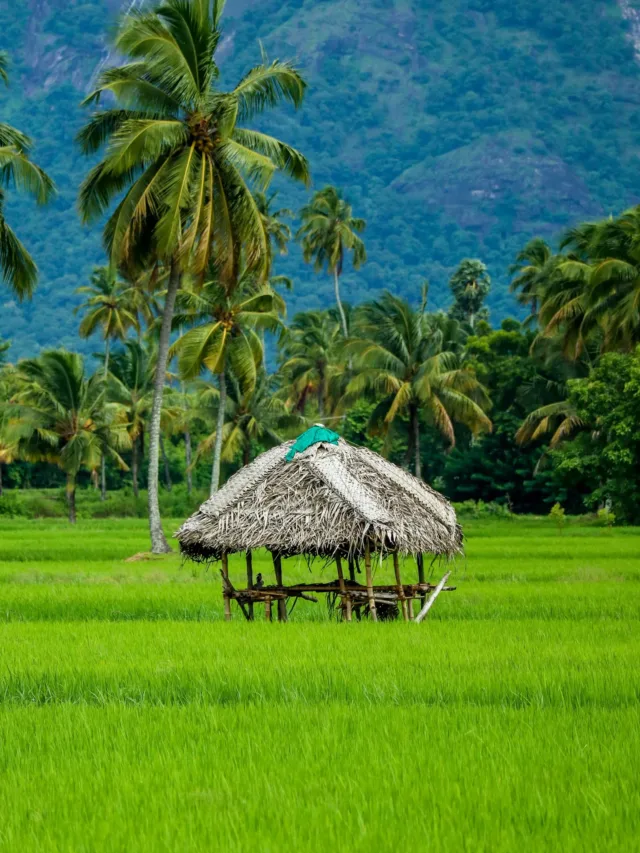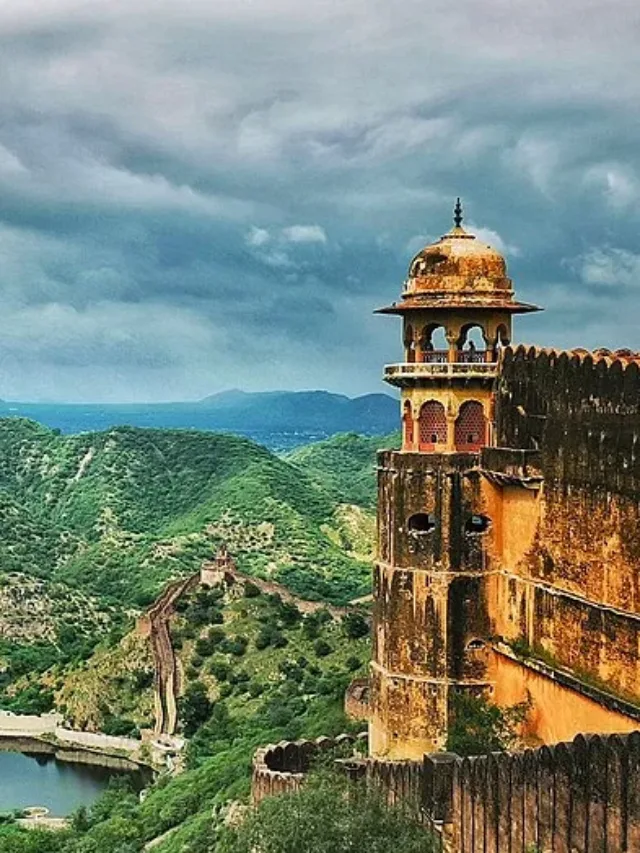Hemis National Park is the largest National Park in India situated in the Ladakh Union Territory of India.
When it was founded it had an area of 600km2 (230 sq mi). In 1988 its area was increased to 3,350 km2 and finally in 1990 to 4,400 km2 by incorporating neighboring lands.
Hemis National Park was founded in 1981 to protect the Rumbak and Markha catchment areas. It is famous for its Snow Leopards.
It is surrounded by the Indus River in the North and includes the catchment areas of Markha, Sumdah, and Rumbak and some parts of the Zanskar Range.
The park was named after the Hemis Monastery which was founded in 1630 by Lama Tagstang.
The Largest National Park in India – Hemis National Park is the perfect place to experience and admire breathtaking landscapes of mountains, flatlands, and cold deserts.
Flora and Fauna

The largest national park in India is famous for Snow Leopards and has a sizeable no of snow Leopards, especially in the Rumbak area of the national park.
The best season for spotting snow leopards is in late winter.
The National Park is home to 16 mammal species and 73 bird species, recorded so far.
Snow leopards, the Tibetan wolf, the Eurasian brown bear, the red fox, Argali (Great Tibetan Sheep), Bharal (Blue Sheep), Shapu (Ladakhi Urial), the Himalayan marmot, mountain weasel, and the Himalayan mouse hare are present in Hemis.
The park is one of the finest places for birdwatching enthusiasts.
💡 Travel Tips: Top 12 Tourist Places to Visit in Ladakh
The golden eagle, lammergeier vulture, Himalayan griffon vulture, brown accentor, robin accentor, streaked rosefinch, black-winged snow finch Himalayan snowcock, and the fire-fronted serin are some of the bird species which are present in the national park.
The Rumbak Valley has many bird species including several Tibetan species not common in other parts of India.
The region of the Hemis National Park is a rain shadow area of the Himalayas and does not receive much rain.
Alpine and steppe trees are predominantly found here. Many rare and endangered medicinal plants are found in the region.
At the lower altitudes of the Hemos dry forests of juniper, Populus – Salix forests, and subalpine dry birch-fir are present.
Hemis National Park – Tourism
The best time to visit Hemis National Park is between May to October. The park offers many trekking routes during this period.
Some of the most famous treks are the Markha Valley trek and the trek from Spituk to Stok over the Ganda La pass (also known as Kanda La)
The Hemis National Park is also famous for mountaineering expeditions.
The Stok Kangri Peak (6,153 meters) and the Kang Yatse Peak at an elevation of 6,496 meters are the two mountaineering expeditions that attract the highest number of climbers every year.
💡 Travel Guide: Top 10 Best Places to Visit in Srinagar
Cultural Importance of Hemis National Park

The Hemis National Park has many Tibetan gompas and holy chorten. The historic 400-year-old Hemis Monastery has long been a place of pilgrimage for Tibetan Buddhists.
The Hemis Festival – Hemis Tsechu is celebrated every summer in the Hemis Monastery.
Over 1,600 people live inside the park presently and a large number of tourists and pilgrims visit during the Hemis Tsechu festival.
National Parks in India
India has 106 existing national parks covering an area of 44,372.42 km2 which is 1.35% of the geographical area of the country (National Wildlife Database, May. 2022).
In addition to the above 75 National Parks covering an area of 16,608 km2 are proposed in the Protected Area Network Report.
Once the above report is fully implemented the no of national parks will be 181 in the country.
List of Top 10 Largest National Parks in India
| S.No | National Park | State/UT | Area(Km2) |
|---|---|---|---|
| 1 | Hemis National Park | Ladakh | 4400 |
| 2 | Desert National Park | Rajasthan | 3162 |
| 3 | Simlipal National Park | Odisha | 2750 |
| 4 | Gangotri National Park | Uttarakhand | 2390 |
| 5 | Namdapha National Park | Arunachal Pradesh | 1985 |
| 6 | Khangchendzonga National Park | Sikkim | 1784 |
| 7 | Bandhavgarh National Park | Madhya Pradesh | 1536 |
| 8 | Gir Forest National Park | Gujarat | 1412 |
| 9 | Ranthambore National Park | Rajasthan | 1334 |
| 10 | Sundarbans National Park | West Bengal | 1330 |









